The inside of your eyelids and the covering of your eyeball have a membrane called the conjunctiva. When your eyes come in contact with anything you are allergic to, histamine is released and the blood vessels in the conjunctiva become swollen. Your eyes will quickly turn red may begin to itch and tear.
Symptoms of Allergic Conjunctivitis
Allergic conjunctivitis symptoms are common. In fact, one-fifth of the population is affected by eye allergy symptoms. These include:
- Intense itching or burning eyes
- Puffy eyelids, especially in the morning
- Red eyes
- Stringy eye discharge
- Tearing (watery eyes)
- Widened (dilated) vessels in the clear tissue covering the white of the eye
Types of Allergic Conjunctivitis
Depending on severity, allergic conjunctivitis is classified into two different types:
Acute Allergic Conjunctivitis is a short-term condition that is usually associated with allergy season. This condition causes your eyelids to swell, itch, and burn, in addition to a runny nose.
Chronic Allergic Conjunctivitis is less common, but affects sufferers throughout the year. This is brought on by allergens like food, dust, and animal dander. The result is burning and sensitivity to light.
Treatments for Allergic Conjunctivitis
The best treatment for allergic conjunctivitis is to first avoid allergens. Cool compresses can also be used to ease pain and burning. Other treatment options include:
- Lubricated eye drops
- Antihistamine or anti-inflammatory eye drops
- Steroid Eye Drops
It is best to discuss treatment options with your ophthalmologist to find the most effective solution to your allergic conjunctivitis symptoms.


